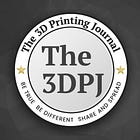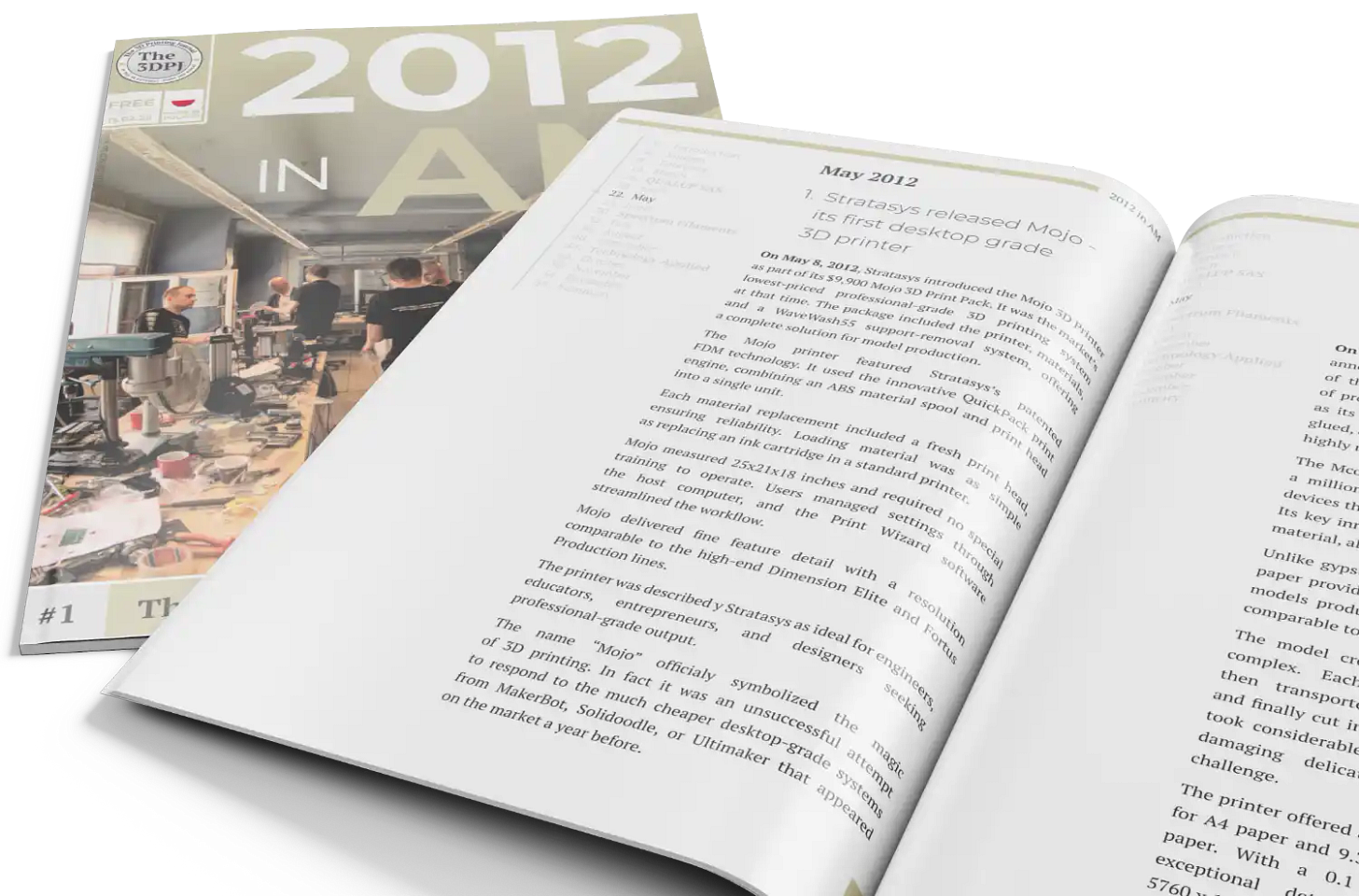Do we still need slicers?
The Atomic Layers: S7E22 (00200)
Atomic Layer of the Day:
At the end of January, Autodesk introduced a new feature to Fusion: True Shape Nester – a nesting tool for SLS, MJF, and PBF technologies.
Although its launch wasn’t heavily publicized, for those in the AM industry, it was a big deal, offering a fantastic option at an incredibly attractive price.
As Kris Binon from AMIS later pointed out, it’s not a perfect tool that will put other nesting software developers out of business.
However, the fact remains that with a Fusion license priced at $680 per year (or $85 per month), many users might be willing to accept its potential shortcomings. You know, price works wonders…
But Autodesk didn’t stop there. This week, the company announced another new feature: Fusion now supports Bambu Lab. Technically, this isn’t exactly groundbreaking – Fusion already offers a long list of compatible 3D printers, including some rather outdated ones like Anet (which I’m not even sure still exists?).
However, Bambu Lab is currently the most popular desktop-grade FFF 3D printer in the world, with its own dedicated software, Bambu Studio. So, the ability to prepare print files directly from Fusion could be a major convenience for many users.
Which naturally leads us to the question in the title: do we even need slicers anymore?
Historically, slicers were essential because there were simply no alternatives. To prepare files for 3D printing, any tool was better than none – first, we had Skeinforge, then Slic3r, CURA, KISSlicer, and many others. Today, the list of contributions is so long that figuring out who borrowed features from whom is a real mess.
In any case, slicers were an additional tool with a whole set of extra features.
To create a project from scratch, you first had to design it in a 3D modeling program, export it to STL format, and then prepare it for printing in a slicer.
By the mid-2010s, this began to change with the introduction of plugins for CURA, allowing users to open native files directly from Fusion, Inventor, or SolidWorks, bypassing the need for STL export. But users still had to work with separate software.
Autodesk has also been gradually changing this. Fusion has been usable as a slicer for FDM/FFF 3D printers since 2020, though it remains a somewhat niche and lesser-known feature.
Leading 3D printer manufacturers like UltiMaker, Raise3D, Flashforge, Prusa Research, and Bambu Lab have invested significant resources in developing highly functional software. Each of these companies has contributed to the ecosystem in some way – for example, UltiMaker introduced a marketplace for 3D printing materials, while Prusa and Bambu Lab integrated their software with their own model libraries.
But at the end of the day, these are still additional tools – another piece of software that users need to operate.
Wouldn’t it be better to handle everything directly from the design software? After all, it’s much easier to equip CAD software with a slicer than to turn a slicer into a CAD tool.
I believe that if the top CAD software developers – Autodesk, Dassault Systèmes, Siemens – approached this with enough motivation and leveraged the much-hyped AI, it could be the next big step in the adoption of 3D printing.
Atomic Layer from the Past:
GET FREE HISTORY BOOK: ‘2012 in AM’
News & Gossip:
Carbon unveiled FP3D, a new flexible resin for removable partial dentures at LMT Lab Day 2025. Based on Dual-Cure chemistry, it enhances durability and mechanical properties. Market launch is planned for late 2025, pending FDA approval.
Creality’s HALOT series merges into PioCreat 3D. PioCreat 3D was created by Fred Liu - Creality co-founder. HALOT users will receive continued support, with new resources and a dedicated website ensuring a seamless transition.
Guys, this is my 200th newsletter. That means I’ve been publishing it nonstop for 200 days. Day after day. Wow. A big achievement, to be honest. Not just because I’ve kept it going without a break, but also because the vast majority of the texts are original columns like the one above. Well done, me!







Congratulations on the 200th article. Your perseverance is highly commendable and appreciated. Thank you for a refreshing insight into AM and regular updates.
Once all free software dies, only paid version software will be there. Although some company says it is free for now, it will not free anymore within several years as it did for fusion360.